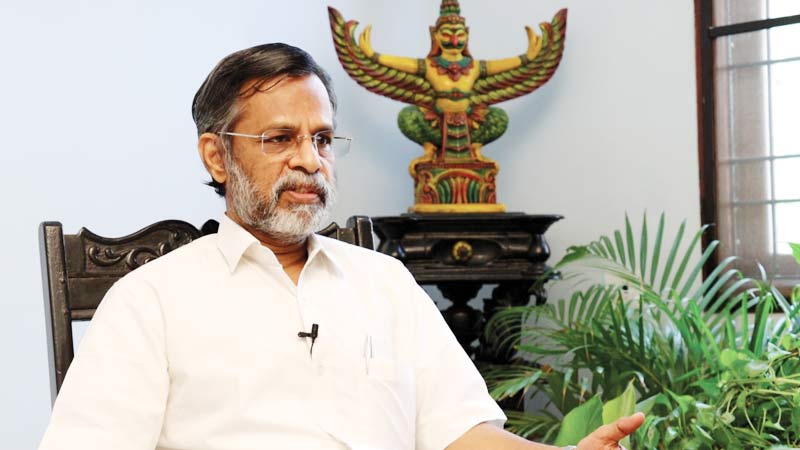PM Modi Story By : Thirrupugazh
In times of adversity, true leaders emerge with the remarkable ability to not just manage challenging situations but to turn them into opportunities for growth and innovation. Shri Narendra Modi coined the phrase “Aapada Me Avsar” for the same situations and proved it with his deeds in all these years. Throughout his public life, Shri Modi displayed a unique talent for transforming adversities into opportunities.
The 2001 Gujarat earthquake is among one of the biggest disasters in India. 13,805 people lost their lives, 19 districts including more than 1 crore people were affected. Kutch, Bhuj, Bachau, Anjar, and Ropar were 95% demolished. This earthquake reconstruction became one of the biggest challenges. Around 12 lakh houses, 42, 000 school rooms, 10, 000-12, 000 schools had to either be repaired or reconstructed, amongst other critical infrastructures. The livelihood of lakhs of people had to be restored.
Retired IAS, Shri Thirrupugazh recalls that reconstruction policies had been announced, implementation was slowly inching and at that time Shri Modi took over. He reviewed the progress and strictly said ‘NO’ to the delays. ‘We will reconstruct, we will definitely show great progress’, he exclaimed. He took innovative steps such as assigning each affected Taluka to one secretary-level officer. He told the secretaries that there was no point in secretaries sitting in the secretariat in Gandhinagar. All were guided to move into the field. On Friday, Saturday, and Sunday the secretaries were supposed to move into their assigned Talukas and on Monday morning CM Shri Modi used to take a review meeting to take stock of the progress. He also gave them ample powers; they were allowed to go there and make decisions on the spot. Thus, he turned the challenge into an opportunity to empower the system by decentralizing and deconcentrating the power so that disaster management can be more localized and participatory in nature.
Another big challenge that was faced was that there was no model of reconstruction available to learn from. Here, the new town and developmental planning grounded in a participatory approach was taken. The outstanding aspect of this planning was the owner-driven reconstruction program. Thus, instead of a donor-driven (up-down approach), the bottom-up approach was taken.
So, under the able leadership of CM Shri Modi, all these challenges were overcome. The engineers, and monitoring agencies were recruited, the quality of building materials was tested, and material banks were created. So, finally this owner-driven reconstruction program became the ultimate model for Asian countries. Thus, from this enormous challenge, an opportunity was carved out to give the world, a global model.
There is another incident that reflects Shri Narendra Modi not only manages the situation but turns it around and finds an opportunity in the adversity. The administration was planning to have a memorial for those people who lost their lives in Kutch. Some Japanese and other models of memorials were looked at. Shri Narendra Modi came up with one of the most innovative ideas of planting one tree for one person who lost his life. So, planting 13,805 trees and dedicating each tree to a person who lost his life. His idea was that the families would come once a year, and they could visit and see that the tree was living. Therefore, they can identify with the tree as their lost someone.
He named it Smriti Van, a forest after the people who lost their lives, in their memory and that’s why it is called Smriti Van.
Shri Narendra Modi’s legacy stands as a powerful testament to leadership that thrives amidst adversity, leaving a lasting impression on the landscape of governance and disaster response. His capability to transform adversity into opportunity stands as a beacon of inspiration.


